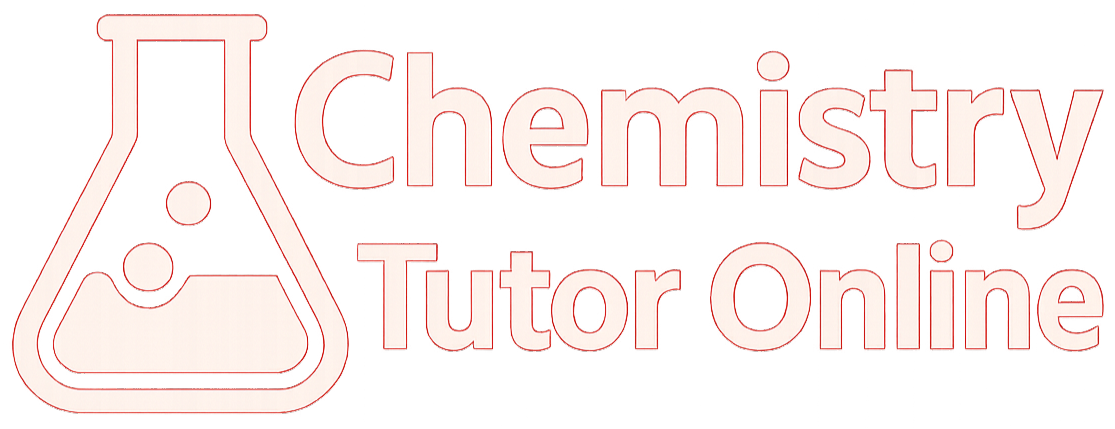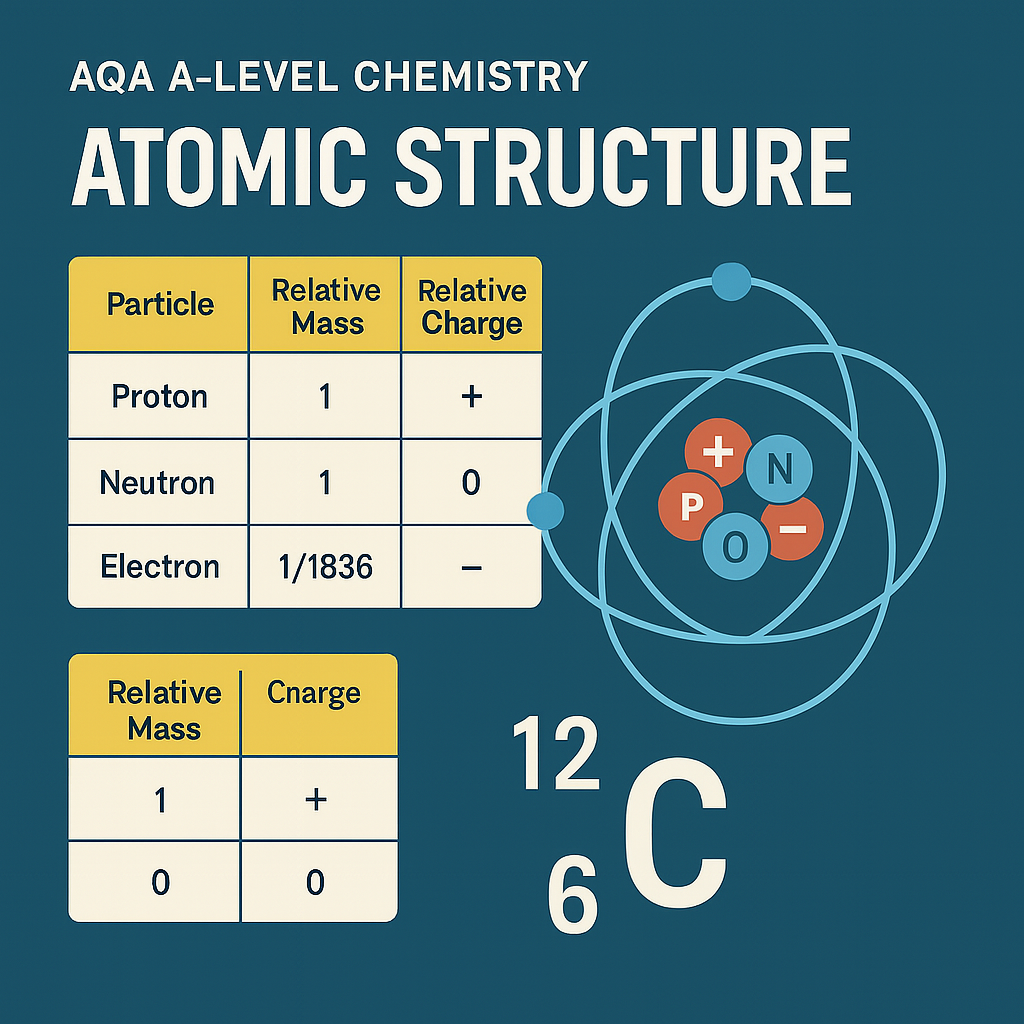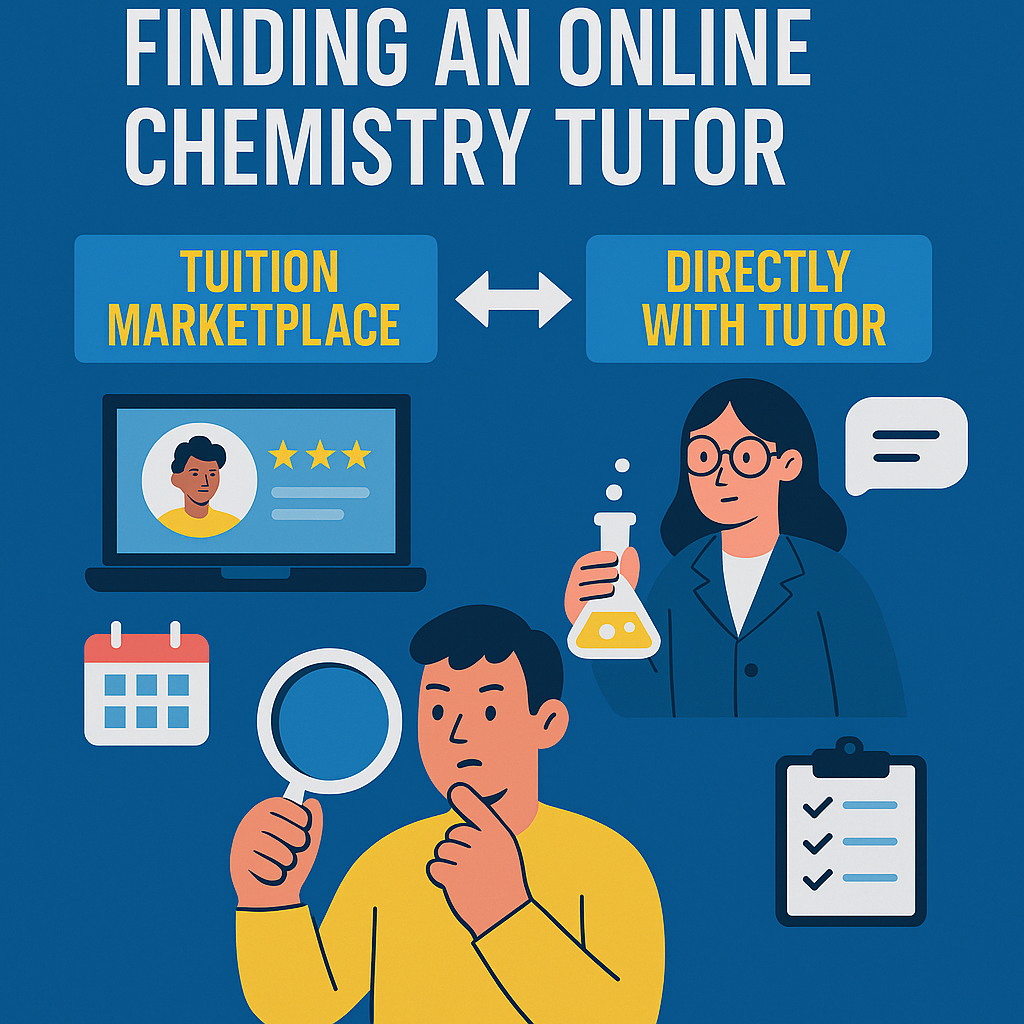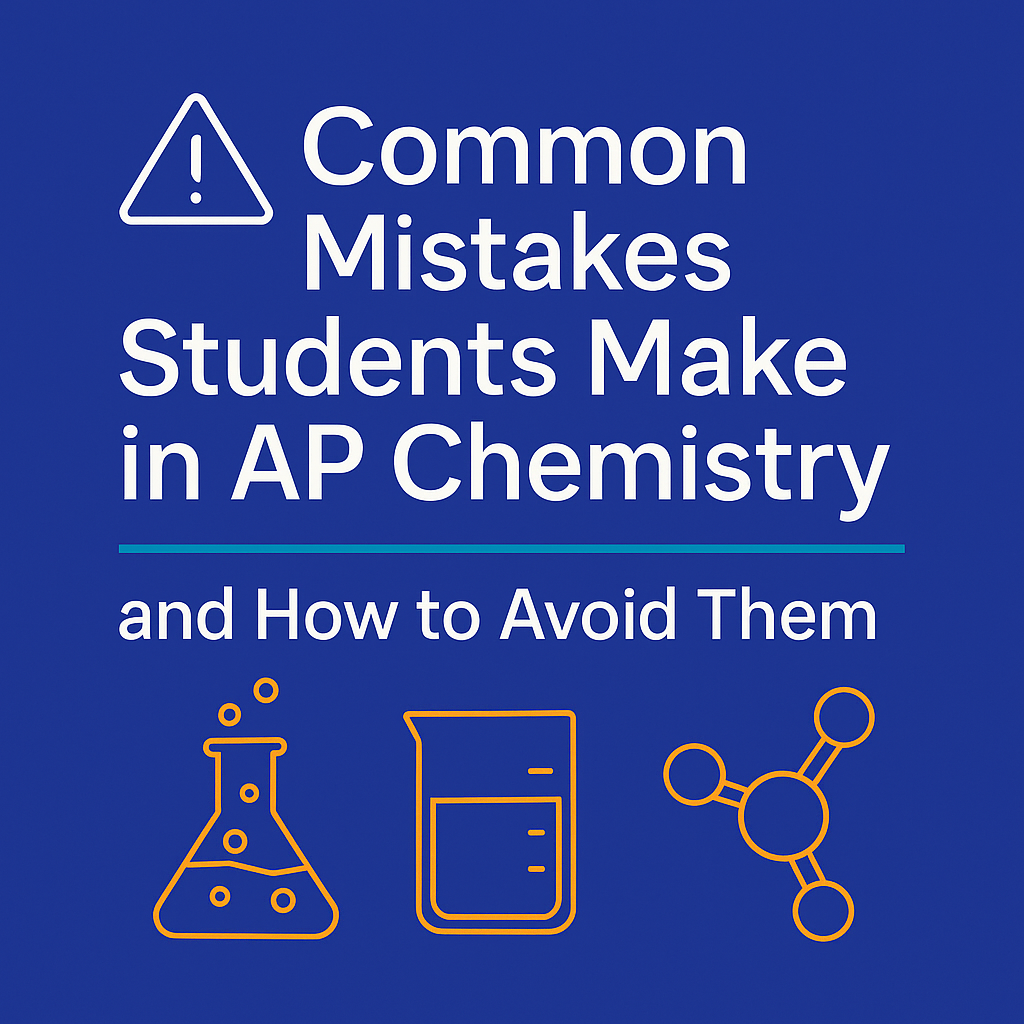Teaching vs Tutoring in Chemistry: What’s the Difference and Which Is Right for You?
Great teachers don’t always make great tutors. And vice versa.
Is chemistry tutoring just teaching on a smaller scale—or something completely different?
Many students wonder: If I already have a good teacher, why would I need a tutor?
The truth is, teaching and tutoring serve different purposes. Understanding those differences helps you choose the support that suits your goals—especially in a demanding subject like chemistry.
The role of a chemistry teacher: delivering the syllabus
Teachers follow a curriculum. Their goal is to:
Cover required content
Manage a full class
Prepare everyone for standard assessments
Strengths of classroom teaching:
Structured, planned content
Exposure to a variety of learners
Regular progress tracking
Full syllabus coverage
Limitations of teaching:
One pace for many students
Limited one-on-one support
Can't re-teach every topic for struggling learners
The role of a chemistry tutor: personalised support
Tutors focus on what you need most. They:
Target weak areas
Explain concepts in new ways
Give immediate feedback
Help apply knowledge to exam questions
Strengths of tutoring:
One-to-one attention
Tailored pacing and style
Clear, immediate corrections
Confidence building
Limitations of tutoring:
Doesn’t replace full teaching
Requires some base knowledge or notes
A simple analogy: teaching is a group fitness class, tutoring is personal training
In a group class, the instructor can’t focus on each person’s technique. But a personal trainer corrects, adapts, and supports just you. Both are valuable—but they serve different functions.
Teaching vs tutoring: a side-by-side comparison
| Aspect | Classroom Teaching | One-to-One Tutoring |
|---|---|---|
| Group size | 20–30 students | 1 student |
| Pacing | Fixed, based on curriculum | Flexible, student-led |
| Content | Covers full syllabus | Focuses on specific weak areas |
| Feedback | Generalised | Immediate, specific |
| Interaction | Limited one-to-one time | Direct dialogue throughout |
Why students with good teachers still benefit from a tutor
Tutoring doesn’t mean your teacher isn’t good. It just means:
You want extra help with specific topics
You benefit from a different explanation style
You need more time or flexibility
You want to raise your grade further
Tutoring adds depth, confidence, and exam technique.
Tutoring helps with exam technique—not just understanding
A good tutor teaches you how to:
Understand the mark scheme
Structure 4–6 mark answers
Avoid common traps
Learn examiner keywords
Practise real questions repeatedly
This turns knowledge into marks.
When tutoring helps most in Chemistry
You don’t understand key topics like organic chemistry, redox, or equilibrium
You get stuck on multi-mark questions
You run out of time in exams
You freeze on tricky questions
You need accountability or motivation
You want to go from a B to an A/A*
When tutoring might not be essential
❌ You’re consistently hitting top grades
❌ You already have good self-study systems
❌ You get support from teachers or peers
❌ You’re managing time across subjects comfortably
Can a tutor replace a teacher?
No. Tutors supplement teaching.
Teachers deliver the full syllabus
Tutors help you understand and apply it
You need both to succeed.
Can teachers also be tutors—and vice versa?
Sometimes, yes. But tutoring takes different skills:
Flexibility
Personalisation
Rapid feedback
Empathy
Adaptive pacing
Great teachers don’t always make great tutors. And vice versa.
What does a chemistry tutoring session look like?
A typical lesson might include:
Topic recap
Visual explanation
Practice questions
Mark scheme review
Tips for revision or homework
Some sessions focus entirely on exam paper walk-throughs. Others fix one key misunderstanding.
How long does tutoring take to work?
You’ll feel more confident after 1–2 sessions.
But to raise grades, most students need 6–12 weeks of regular tutoring—especially before mocks or exams.
The best outcomes come from using teaching and tutoring together
Teachers provide structure and coverage
Tutors provide clarity and technique
Together, they form a powerful strategy.
Final thoughts: tutoring is targeted, not a shortcut
Tutoring works best when you:
Know your weak spots
Are willing to do the work
Use sessions to get feedback and refine your approach
In chemistry, where precision and exam technique matter, this makes all the difference.
Need one-to-one help with Chemistry?
Dr Marguerite Quinn is a Cambridge-qualified chemistry tutor with a PhD and over 3,470 hours of experience. She helps GCSE, A-Level, and IB students build confidence, master concepts, and improve exam results.





Understand AQA A-Level Chemistry Section 3.1.1.2 on mass number and isotopes. Learn key definitions, isotope notation, calculations, and how this topic builds your scientific and exam skills.